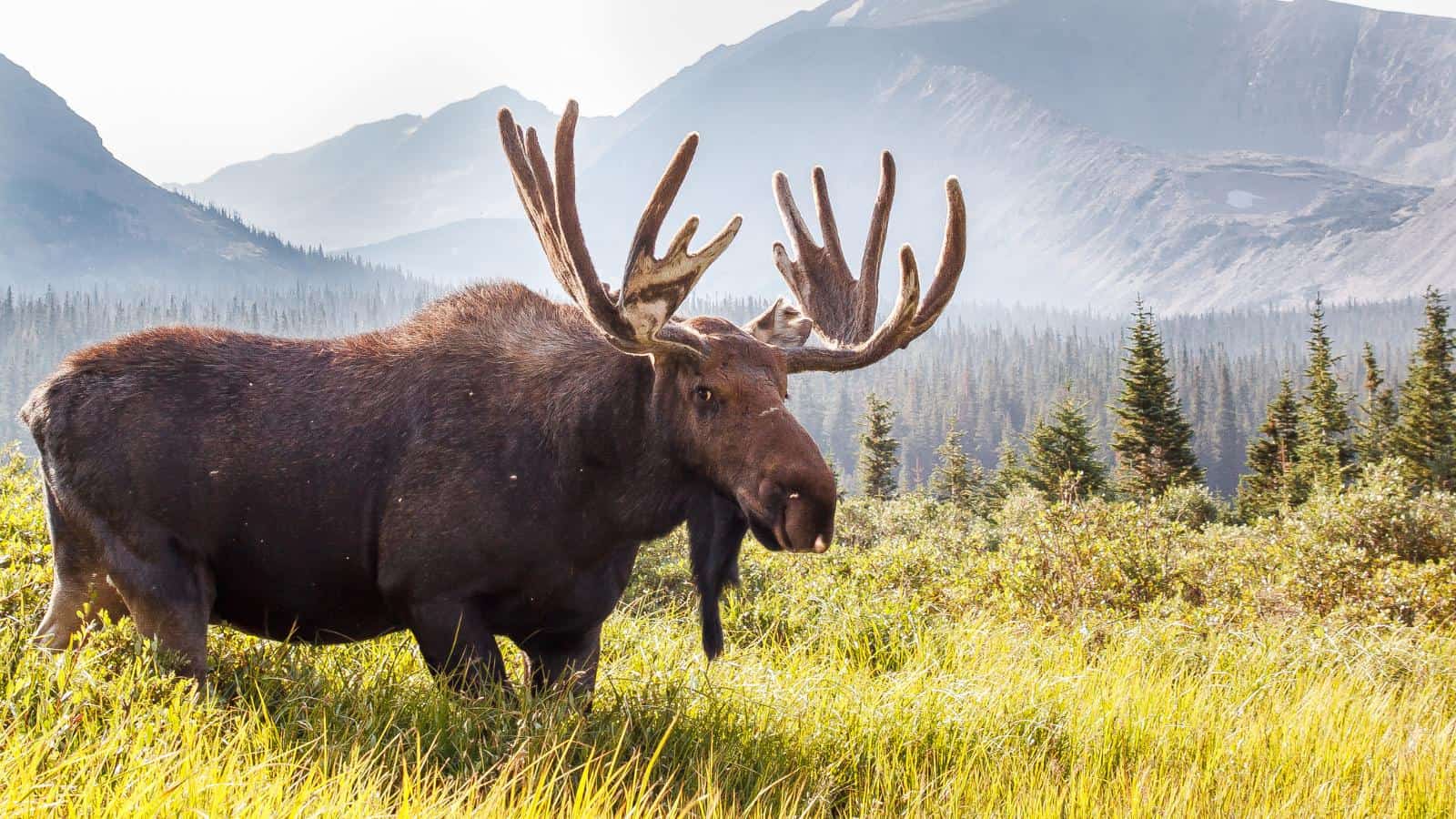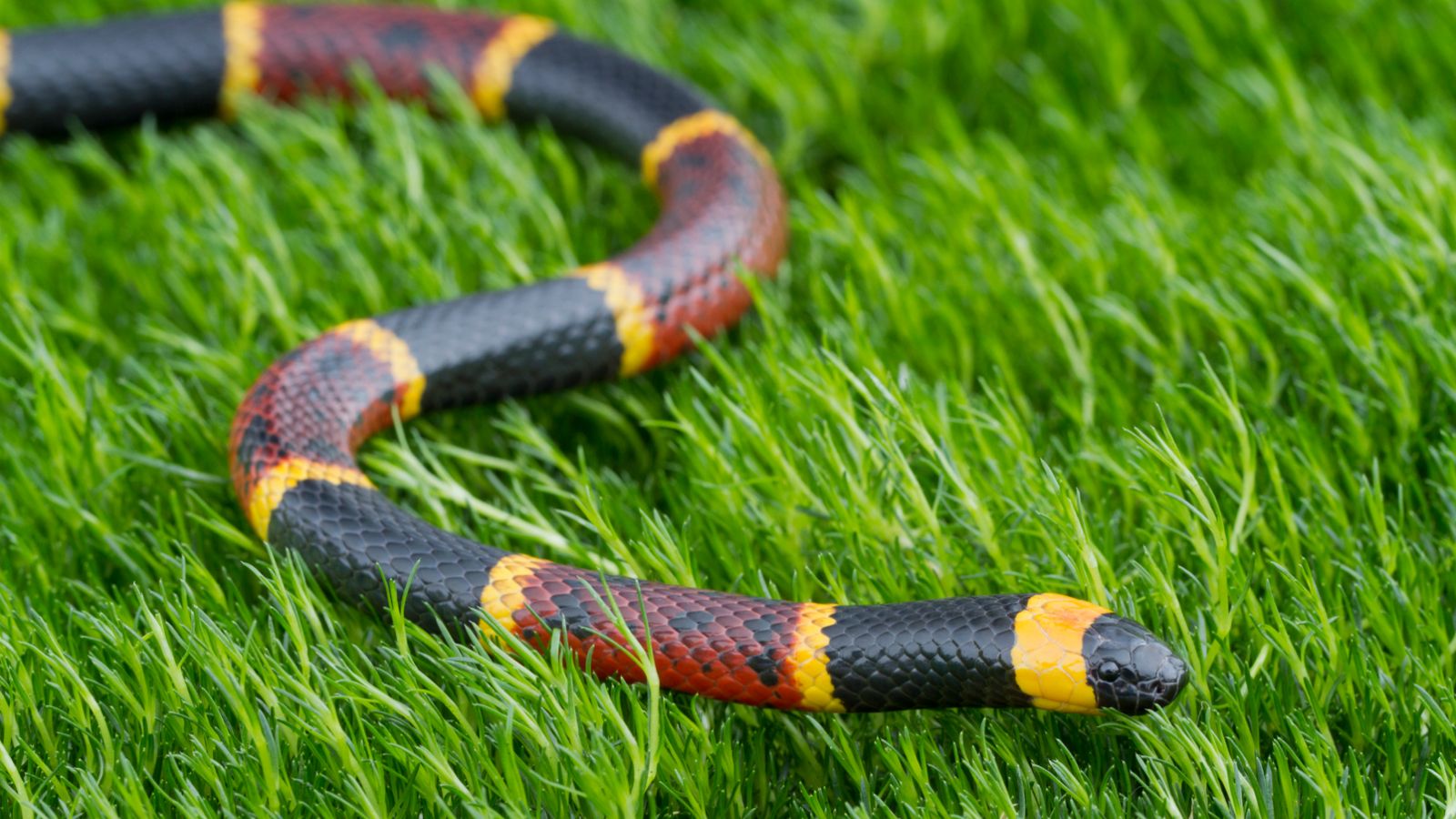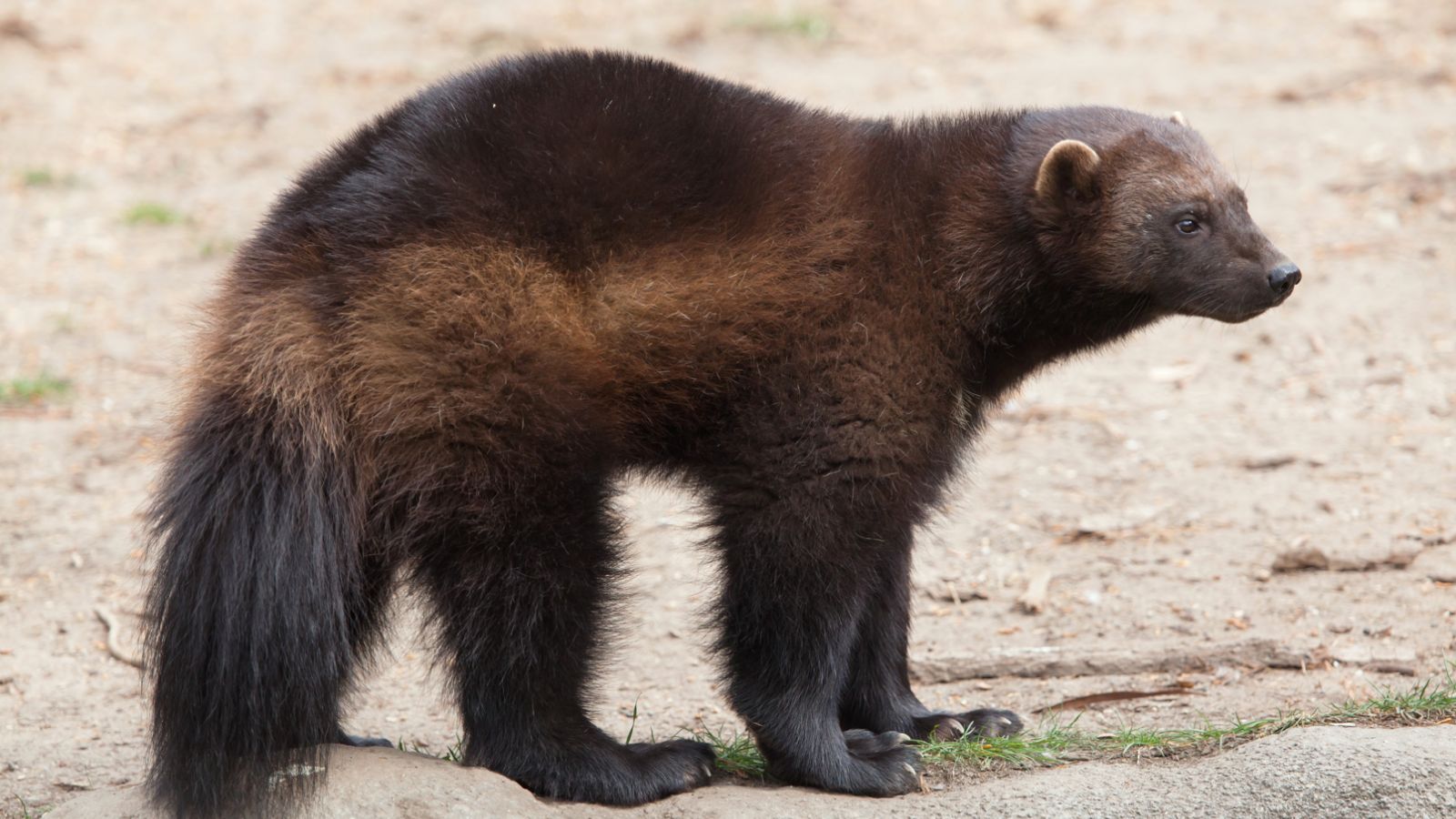North America is a vast country boasting almost every type of habitat and home to an array of fascinating wildlife. But not all of the critters we live alongside are safe to pet, and some are so dangerous they regularly attack and kill people! From the frozen tundra of Canada to the tropical climates of Florida, we look at the 18 deadliest animals in North America and what exactly makes them so lethal.
American Alligator (Alligator mississippiensis)

Wilderness & Environmental Medicine reports, “The alligator is one of the few nonvenomous reptiles that can cause serious or fatal injuries in humans” and the most common crocodilian reptile in the U.S. Their jaws have a crushing power of 2,125 pounds per square inch (strong enough to crush bone), and their shallow, freshwater habitat brings them into regular contact with people.
Mountain Lion (Puma concolor)

Cougars are solitary and elusive predators that roam over great areas of the American West. They’re effective and versatile predators who use their powerful jaws to deliver fatal jugular bites to elk and deer. Although rare, A-Z Animals says attacks on humans do occur and are often fatal due to the big cat’s size, strength, and strong predatory instincts.
Diamondback Rattlesnakes (Crotalus sp.)

Both the Eastern and Western Diamondback Rattlesnake are deadly American residents with a distinctive warning ‘tail rattle.’ Reptiles Magazine states they’re both large snakes with long fangs capable of delivering venom that causes excessive bleeding and heart problems—often leading to cardiac arrest unless anti-venom is administered.
Black Widow Spider (Latrodectus mactans)

Black widow spiders may be small (about the size of a half dollar), but their venomous bite can be fatal to children and elderly people, and they frequently require hospitalization. According to Poison Control, bites cause severe pain, muscle rigidity, vomiting, and breathing difficulties, although fatalities are rare.
Grizzly Bear (Ursus arctos horribilis)

Grizzly bears are large predatory mammals, often symbolizing the wildness of North America, and capable of immense strength and surprising speed. Yellowstone Bear World claims, “They will not attack unless they are provoked or caught off guard,” but attacks on humans can be fatal, particularly when mother bears with cubs are involved.
Moose (Alces alces)

The Alaska Department of Fish and Game says an adult male moose can weigh as much as 1,600 pounds and be close to 6 feet tall! Although they’re herbivores, their massive size and impressive antlers make them a significant risk to humans. Most incidents occur during mating season, when bulls are more aggressive and may venture onto roadways.
Bull Shark (Carcharhinus leucas)

Bull sharks have high testosterone levels and are fearless and aggressive, making them one of the deadliest sharks. According to the National Wildlife Federation, they’re also the only U.S. shark species to venture into freshwater. Indeed, a bull shark (not a white shark) was the perpetrator of the Jersey Shore shark attacks in 1916—the true story that inspired Jaws.
Brown Recluse Spider (Loxosceles reclusa)

This spider is one of North America’s most dangerous arachnids, with a potent necrotic venom that causes skin death around the wound. Despite being non-aggressive and only biting when provoked, humans who are bitten often require hospitalization. Live Science recommends caution when disturbing dark, sheltered areas (like log piles) where they might hide.
Coyote (Canis latrans)

These dog-like predators quickly adapt to new food sources and often scavenge for food. Though they aren’t typically a threat to people, they’re a significant risk to livestock and have been known to attack humans in places where they’ve become accustomed to manmade food sources and have a reduced natural fear response.
Africanized Bee (Hybrid of Apis mellifera)

The Smithsonian Institute reports that these invasive, so-called ‘killer bees’ “are dangerous because they attack intruders in numbers much greater than European Honey Bees.” They are also more aggressive, and although their venom isn’t more potent than that of other bees, they pose a significant threat to people with bee allergies.
Atlantic Stingray (Hypanus sabinus)

Coastal waters in North America are home to several stingray species, including the largest species of Atlantic stingray. They have a barbed, venomous spine at the base of their tails that is used for defense and can inflict painful wounds on anyone who steps on one or on divers who aren’t appropriately respectful.
Canadian Bobcat (Lynx rufus)

Due to their relatively small size (maximum 35 pounds), bobcats are unlikely to cause human fatalities and often shy away from areas with people. However, USA Today says they can be aggressive if threatened and can inflict serious injuries with their sharp claws and teeth. The biggest threat is rabies, as rabid individuals could pass this deadly disease onto humans.
Coral Snakes (Micrurus Sp.)

North America is home to several species of coral snakes known for their potent neurotoxic venom. Their colorful patterns of red, black, and white stripes serve as a warning to predators and humans alike and should not be ignored! Luckily, they’re non-confrontational and tend to flee, but if bites do occur, they can be life-threatening without swift treatment.
Wolverines (Gulo gulo)

Wolverines are solitary animals known to be ferocious and strong, but they typically inhabit remote areas where contact with humans is rare. However, when encounters do occur, wolverines can defend themselves fiercely and cause serious injuries. Britannica reports that they have a formidable reputation for ‘facing down’ predators twice their size!
Ticks (Ixodes Sp.)

Ticks are dangerous because they’re responsible for transmitting a variety of diseases to humans, including Lyme disease, which can have long-term health implications. Because they are small and their bites are relatively painless, they tend to go unnoticed, which makes them dangerously silent spreaders of harmful diseases.
Sea Wasp (Chiropsalmus quadrumanus)

This type of box jellyfish is the most venomous species in North American waters, according to American Oceans. They have an array of dangling tentacles that automatically release venom on contact, causing severe skin irritation and sometimes breathing difficulties. Stings often require medical treatment but are rarely deadly in the U.S.
Elk (Cervus canadensis)

These large herbivores are particularly dangerous during mating season, when they become more aggressive and pose a risk to bystanders, especially in areas where they have become unnaturally accustomed to humans. It’s important to respect their space and never attempt to stroke or feed one, no matter how majestic they look!
Porcupines (Erethizon dorsatum)

Porcupines are slow-moving but weaponized and can deliver several painful quills into the flesh of both humans and their pets. Although inquisitive dogs are the most at risk, children and unobservant individuals may also be injured by a porcupine’s unusual defense mechanism, especially if the animal feels threatened.
Read More: Why People Aren’t Religious Anymore: 15 Simple Reasons

As society evolves, so does our approach to spirituality. This article looks at the subtle yet profound shift from traditional religious adherence to a more personal, evidence-based belief system.
Why People Aren’t Religious Anymore: 15 Simple Reasons
17 Things Society Can No Longer Do Because Gen Z Said So

Gen Z, our digital-native, trendsetting generation, is making waves in the cultural sea, steering the ship of societal norms in fresh and unexpected directions. As they charter new territories, there are certain practices they’d rather we say goodbye to. Curious? Let’s take a look at 17 things the rest of us can no longer do because Gen Z said so.
17 Things Society Can No Longer Do Because Gen Z Said So
19 Common Behaviors of Highly Intelligent People

Intelligent individuals often display a range of behaviors and qualities that set them apart from others. When exploring these characteristics, it’s crucial to comprehend that intelligence is a multifaceted attribute. Here are 19 essential behaviors and qualities frequently observed in highly intelligent people.
19 Common Behaviors of Highly Intelligent People
17 Things We Were Taught in High School That We Now Know Aren’t True

Well, this one may depend on when you went to high school, but for this millennial, these are the things we were taught in high school that have been proven not to be true. Personally, I still want to go back and correct every teacher who told me I wouldn’t always have a calculator in my pocket; the joke is on them.
17 Things We Were Taught in High School That We Now Know Aren’t True
